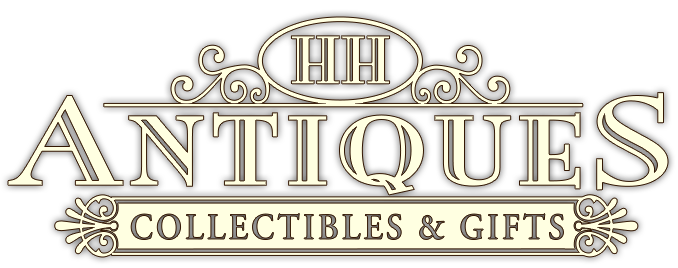Collecting buttons has been a hobby since the 1800s
Button, button, who’s got the button?
My Mom, Clare, played this game with us in the 1950s. She used a large navy blue button with an anchor design from my Dad’s WWII sailor uniform. I have happy memories of me and my siblings sitting on the turquoise sectional sofa, guessing who had the button in our little folded hands.
Collecting buttons has been a hobby since the 1800s.
Many years ago, I found an old fruit cake tin filled with buttons in my husband’s and my first home. It contained an interesting variety of buttons primarily from the 1930s and 40s. That tin also contained a few silver thimbles, a couple of needle cards and a string of a few hundred buttons of all sizes. They were made from colored glass, shells, and metal. I cut the string and examined each tiny treasure. Later, to my dismay, I discovered that I had destroyed a collectible artifact. I had snipped a Victorian Charmstring valued at more than $90 in 1970 (with inflation that’s $600 in today’s dollars). The legend of charmstring was that once a young girl collected 999 buttons and weaved them on a string, she would meet her true love. Some stories are told that a maiden met her Prince Charming after collecting only 200 buttons!
Collectors today hunt for unique buttons.
Buttons can be found in multiple shapes and sizes and made from metal, shells, glass, ivory, enamel, bakelite, plastic, or wood. The most valuable are hand-carved and hand-painted. Generally, larger buttons have a higher value. Buttons are small and easy to store or display—sewn onto cloth and then stretched and framed. You can group them together by color, material, age, value, and numerous other categories. Button sets are also collected on original cards and are used in a variety of crafts and hobbies, including jewelry making.
Collecting Tip: To preserve rare and valuable antique buttons do not store them in an airtight container.

